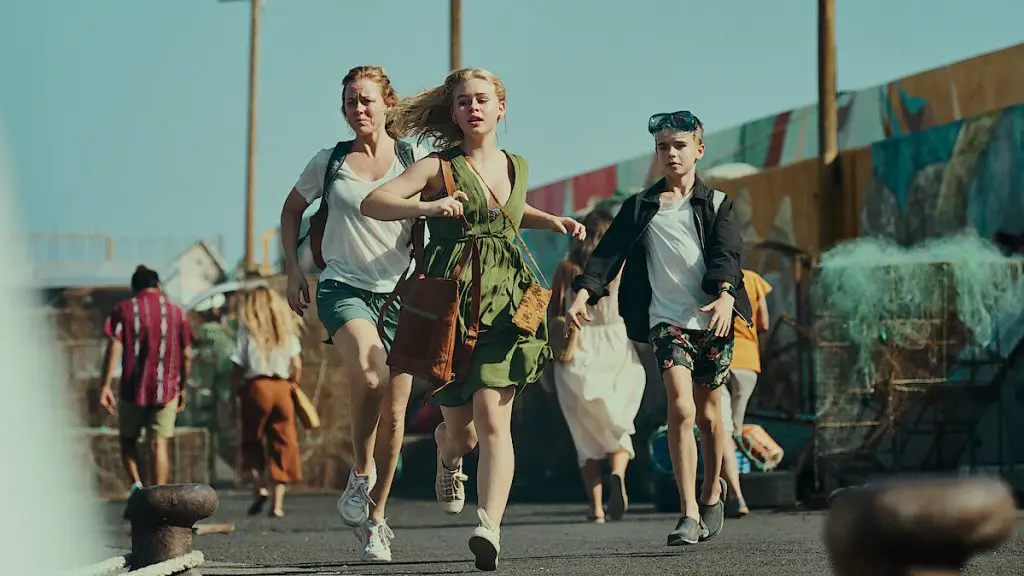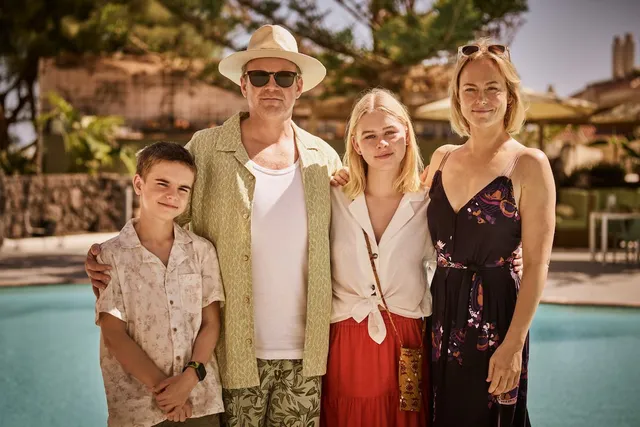
From zombie apocalypses to asteroid impacts, the disaster genre has always intrigued audiences.
A new series adds a fresh twist to this thrilling tradition, centered around a volcanic eruption on the Canary Islands that sets off a chain of events capable of altering the world’s future.
Already ranking in Netflix’s Top 10 in the UK, the series has captivated viewers. One fan wrote, “The most nerve-wracking four episodes I’ve ever binged. Incredible!”
Another commented, “An ecological nightmare brought to life with stunning visuals and raw emotion.”

Created by Martin Sundland (The Quake), Lars Gudmestad (Headhunters), and Harald Rosenløw Eeg (The Wave), La Palma is directed by Kasper Barfoed (The Nurse).
Co-written by Gudmestad and Rosenløw Eeg, the series stars Thea Sofie Loch Næss, Anders Baasmo Christiansen, and Ingrid Bolsø Berdal.
The story follows a family vacationing on La Palma, where their peaceful Christmas is disrupted by unsettling volcanic activity. As a young scientist uncovers signs of an imminent eruption at the Cumbre Vieja volcano, the family is thrust into a desperate fight for survival against ash, gas, and lava.
However, the danger extends far beyond the island, as the eruption threatens to displace a vast section of land into the ocean, triggering a tsunami with

What makes La Palma stand out is its basis in real-world science.
The series draws inspiration from a 2001 hypothesis by Steven N. Ward and Simon Day, who proposed that a volcanic collapse at Cumbre Vieja could trigger a ‘mega-tsunami.’
However, more recent research, including a 2021 study by the United States Geological Survey, challenges this theory, suggesting that such collapses happen gradually rather than in a single catastrophic event.

Interestingly, Cumbre Vieja erupted most recently in 2021. While the eruption was destructive, it did not trigger the dramatic chain reaction shown in the series.


